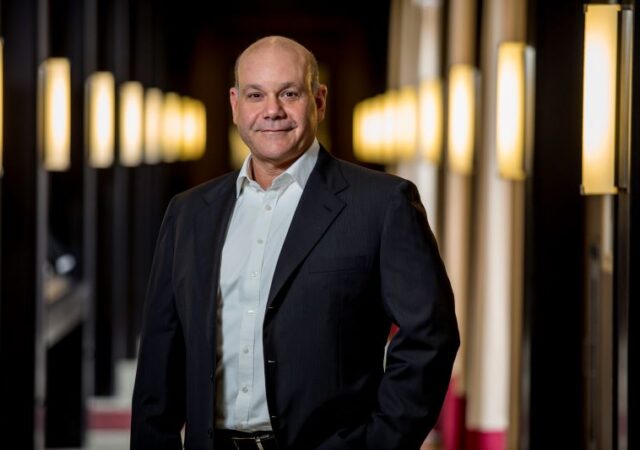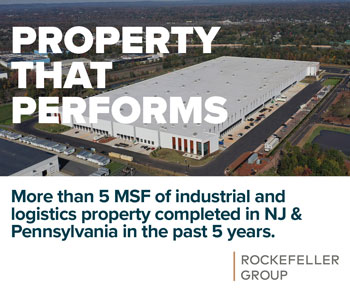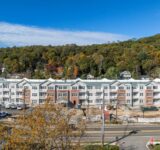The market has really ebbed and flowed over the last 12 months. There were spurts of positive progress coupled with deterrents. I think this recent rate cut will help the macro environment but many of the fundamentals have remained the same. As a whole, the country is in an interesting political environment, which is perhaps more impactful to the economy than raw economic data.
Owners Council
Owners Council Q&A: Katie Kurtz
When I joined Denholtz in 2024, gridlocked capital markets and broad uncertainty made transacting difficult. At that time, the industry was waiting for the long-promised rate cuts that would unlock deal flow. Fast forward a year, and we’ve finally received the first of what should be a series of cuts. While the full impact will take time, I anticipate we will begin to see the pricing clarity that’s essential for the market to function. This shift gives me more optimism heading into 2026 than I felt at the close of last year.
Owners Council Q&A: Mark Shearer
We are seeing more tours from brand name companies with great credit, but decision makers still aren’t ready to make a commitment. Liquidity is coming back into the market; Amazon is back in the market. Construction starts are down and the fundamentals are improving but there is still uncertainty in the market.
Owners Council Q&A: Jack Morris
I’ll always be bullish on New Jersey. As with any market, we may need to endure some ups and downs, but our state’s fundamentals give us a high floor and a very high ceiling. Qualities like access to New York City, a highly trained workforce, great medical facilities and care, an array of recreational assets and municipalities that are attractive to families give New Jersey long-term appeal. Also, citizens value safety and security, and I want to give kudos to the incredible law enforcement professionals who serve our communities in New Jersey each and every day.
Owners Council Q&A: Jeff Milanaik
Our industry, like all others, has seen an ebb and flow since 2020. While we received the benefit of thriving business immediately following the pandemic, the last few years have brought us stabilization. As seasoned professionals in the industry, Bridge Industrial recognized that the level of activity we had during COVID could not be sustained for an extended time. In fact, as early as 2022, in my role as NAIOP Corporate Chair, the signs of a shift began to appear, and activity began to shrink. However, as we are heading into the end of 2024, we are beginning to see signs of increased activity and customer demand.
Owners Council Q&A: Katie Kurtz
In many property types, the market remains at somewhat of a standstill, with the high cost of capital making desired return metrics hard to hit. However, the strength of the multifamily and industrial sectors allows smart investors to transact. The promise of further rate cuts does bring reasons for optimism. Predicting the exact industry response is challenging though, as it will take time for the market to adjust to the new rates and benchmarks before transaction volume picks up.















